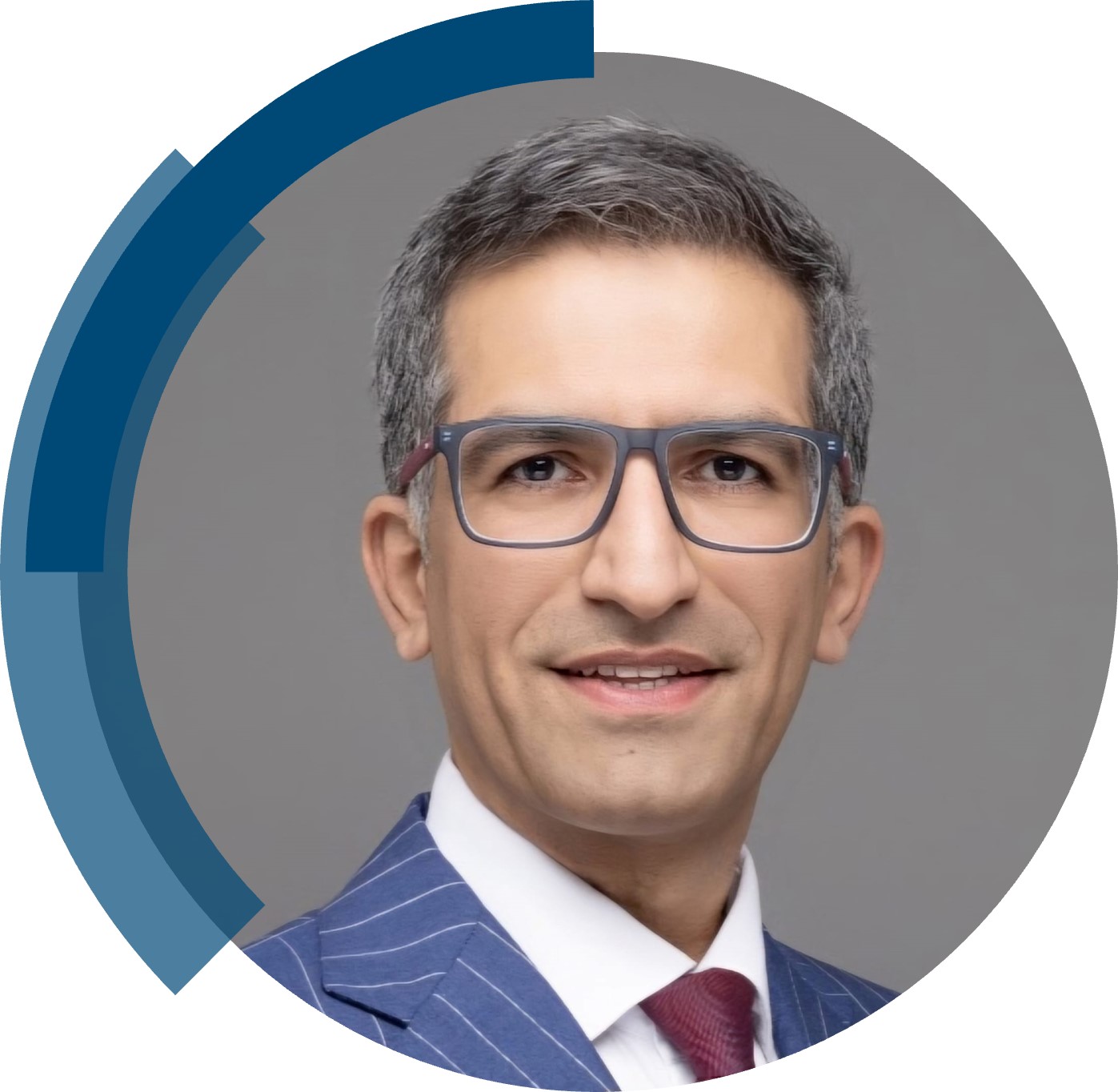ChemComm is publishing its 60th volume in 2024. Over the past 60 years, ChemComm has been the RSC’s most cited journal, and one of the most trusted venues for rapid publication of short communications. In our anniversary year, we recognise the important contributions ChemComm has made, and continues to make, in advancing the chemical sciences.
As part of our anniversary celebrations, we’ve brought together a collection featuring the latest research from some of our most loyal and dedicated authors. From those marking the beginning of their independent academic career by publishing their first article with us, to the rising stars and established leaders publishing in our yearly ‘Emerging Investigators’ and ‘Pioneering Investigators’ collections, this collection champions the contributions of our worldwide author community. We are proud many authors choose to support our journal by regularly publishing their best work with us. This collection also features papers from our ChemComm Emerging Investigator Lectureship winners, and our Outstanding Reviewer awardees, whose invaluable feedback has shaped our published content through the years.
To accompany the collection, we’ll be publishing interviews with contributing authors where they provide further insight into their research and reflect on their journey with ChemComm.
Check out our interview with Dr Hamid Arandiyan (RMIT University) below!
How have you seen ChemComm evolve over the years, and what aspects do you find most noteworthy?
In my experience, ChemComm has significantly evolved over the years, expanding its scope and deepening its impact within the chemical sciences community. I have noticed the journal’s impressive integration of interdisciplinary research, particularly in areas like catalysis, materials science, and environmental science. What stands out to me the most is its increasing focus on emerging areas such as green chemistry, environmental remediation, energy applications, and sustainable materials. ChemComm’s rising reputation for high-quality, rapid communications reflects its ongoing commitment to excellence.
What is your favourite thing about ChemComm?
My favourite thing about ChemComm is its commitment to rapidly broadcasting high-quality research. The journal’s ability to quickly publish cutting-edge findings allows researchers to stay at the forefront of scientific advancements, fostering a dynamic exchange of ideas and innovations. This rapid publication process and its interdisciplinary scope make ChemComm a fundamental platform for sharing impactful discoveries across the chemical sciences.
In what ways do you think ChemComm stands out among other journals in your field?
ChemComm’s format promotes concise and focused articles, making it an ideal platform for reporting breakthrough findings or discoveries in my field, such as heterogeneous catalysis, nanotechnology, functional materials, fundamental catalytic reaction mechanisms, and chemical surface sciences without requiring extensive background or supplementary material. Despite its fast publication times, ChemComm upholds a precise peer-review process, ensuring the high quality of published research.
How would you describe the peer review process and interaction with the editorial team at ChemComm?
The peer review process at ChemComm is known for being rigorous and efficient. Reviewers are selected for their expertise and are expected to provide thorough, constructive feedback, ensuring that only high-quality, impactful research is published. The interaction with the editorial team is professional and supportive, with Editors who are responsive and engaged in facilitating a smooth review process. Their commitment to maintaining high standards while ensuring a rapid publication timeline is a hallmark of the journal, making the overall experience both positive and rewarding for authors.
Are there ways in which the journal can further support and engage with future generations of scientists?
I believe there may be opportunities for ChemComm to enhance its support for future scientists, particularly early career researchers (ECRs). Initiatives such as dedicated sections for ECR-led research, mentorship programs, or hosting webinars and workshops on essential topics like scientific writing and career development could be beneficial. Additionally, offering more travel grants or awards for young researchers to present their work at conferences could potentially increase their visibility and networking opportunities.
Could you provide a brief summary of your recent ChemComm publication?
Our recent review paper in ChemComm explores the advancements over the past decade in transition metal (TM)-based electrocatalysts for hydrogen and oxygen evolution reactions in alkaline media. TM-based electrocatalysts have attracted attention due to their high electronic conductivity, tunable valence electron configurations, stability, and cost-effectiveness. While noble metals like Pt, Ir, and Ru show promising performance, their high cost and limited availability restrict their use. Significant progress has been made in designing TM-based catalysts, including alloys, metal oxides, borides, carbides, phosphides, nitrides, and chalcogenides. This review highlights current trends, challenges, and prospects, providing valuable guidance for designing high-performance electrocatalysts for water-splitting applications.
Be sure to read Hamid’s Feature article, “Transition metal-based electrocatalysts for alkaline overall water splitting: advancements, challenges, and perspectives” to learn more!












